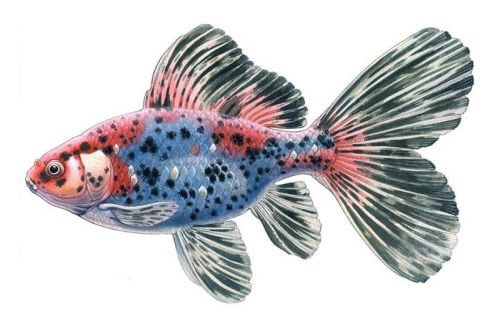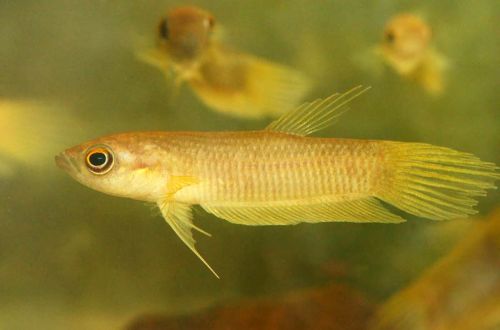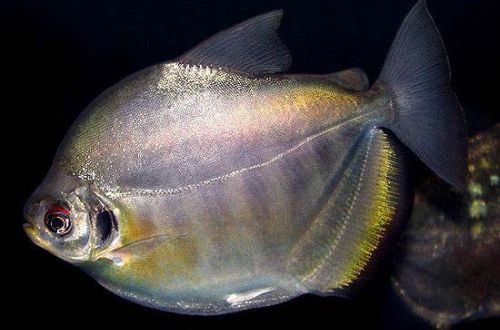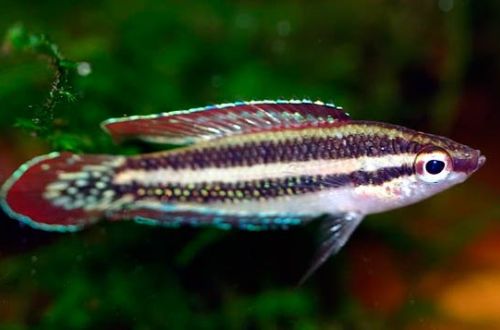
Shubunkin Bristol
Shubunkin Bristol, English trade name Bristol Shubunkin. It is an artificially bred decorative form. Over the past hundreds of years, specialists from Japan and China have been recognized leaders in the selection of Goldfish. However, this species is one of the few that was bred in Europe, in particular the city of Bristol in the east of England, which is reflected in its name. In Japan, this variety is called Sierironisiki.

It is worth noting that there is another form – the London shubunkin (distinguished by short fins and a tail). Although the British take credit for the appearance of this variety, but due to the simplicity of selection, it was probably bred long before them, for example, in Asia, but was perceived as an intermediate form in breeding work or even a rejection. Nevertheless, it owes its popularity to the aquarists of England, so the prefix in the name “London” is fully justified.
The Shubunkin Bristol was bred in the 1930s by members of the Bristol Aquarist Society from the American form of the Shubunkin (with a long tail like a Comet) and the Black Telescope.
Under favorable conditions, in a spacious aquarium it grows up to 16 cm, and specimens up to 25 cm are not uncommon in ponds. A characteristic feature is large fins and a large single tail with rounded lobes, resembling a heart or the Latin letter “B”.
According to the requirements of the competition commissions at the exhibitions of the Goldfish, the coloring of the Bristol Shubunkin includes 7 colors: red, orange, yellow, white, black, gray and blue. In this case, blue shades should prevail and occupy at least 25% of the body surface. The appearance of blue colors is a consequence of a deficiency of the pigment guanine. The guanine mutation is also often accompanied by the fact that fish can have eyes of different colors.
Maintenance and care
They prefer relatively cool water (18-220 ° C) rich in oxygen. They successfully adapt to lower temperatures, thanks to which they feel great in open ponds. The hydrochemical composition of water can be in a fairly wide acceptable range of pH and dGH values - the main thing is to avoid sudden changes (jumps) in these indicators.
Decoration is not essential, however, it is recommended to provide floating plants, since the fish do not like bright lighting.
They eat a variety of foods. A good choice would be specialized food for Goldfish, produced by many manufacturers.
Compatible with many other peaceful fish of comparable size that can live in relatively cool water.





